For many photographers Voigtländer is an unknown entity, but it is actually the oldest name in cameras, dating back to 1756 when it was founded by Johan Christoph Voigtländer in Vienna, Austria. This is a storied optical company despite its relative obscurity today; a famous unknown. If there is any more familiar comparison for modern audiences, it is to Zeiss, and in fact there was a period in the 20th century when Voigtländer was owned by Zeiss. In 1999 the Cosina lens company of Japan purchased the rights to start manufacturing lenses under the Voigtländer brand. Many Zeiss lenses are also produced at the Cosina factory, and that shared “DNA” is apparent in many of the Voigtländer lenses, including the Voigtländer Macro Apo-Lanthar 65mm f/2 that I’m reviewing today (which I’ll refer to often as the APO65 in this review for the sake of brevity).
I discovered Voigtländer a few years ago when I reviewed the 20mm f/3.5 for Canon EF and followed that with a review of the 40mm f/2 Ultron (both of which I ended up purchasing!). Like Zeiss, Voigtländer is primarily known (for those who know them) as a maker of exquisitely built manual focus lenses with beautiful color rendition. Unfortunately, I discovered Voigtländer a little late, as they stopped new development for Canon EF about that time and even discontinued selling Canon EF mount lenses, which made it hard for me to source other interesting lenses for review.
That all changed when I added Sony to my kit, as Voigtländer has (probably wisely) focused most of its new development into Sony E mount. Why do I call this wise? Because, as I noted in my review of the Sony a7R3, I think that is the best platform out there right now for using manual focus lenses due to having a great electronic viewfinder, In-Body-Image-Stabilization (IBIS), having a plethora of manual focus aids, and the ability to customize buttons for some of the key functions that help with manual focus. As soon as I added the a7R3 to my own kit the Voigtländer Macro Apo-Lanthar 65mm f/2 jumped to the top of my wish list of lenses to review and potentially own. Not to get ahead of myself, but both of these things have now happened.
So why was I so interested in this lens? First of all is the fact that I have reviewed the Zeiss “Makro-Planar” lenses and love the versatility of them. They have wider than average maximum apertures for a macro lens (f/2) and thus double as beautiful portrait lenses. But I had an issue with each of them. The Makro-Planar 50mm had my least-favorite focus action for a Zeiss lens (which was fixed in the Milvus version), and the Makro-Planar 100 suffered from some visible longitudinal chromatic aberrations (LoCA) that showed up when I used it for shooting a wedding (particularly with the decorations). Beyond that, of course, they are designed for Canon EF/Nikon F mounts, which are frankly not all that MF-friendly systems. The APO65 promised to provide similar versatility and maximum aperture while bypassing the shortcomings of either of the Zeiss options. The focus action on the APO65 is simply exquisite – buttery smooth and perfectly damped, though with the long focus throw that a macro lens requires. As for the LoCA issue that the MP100 showed, that leads me to the second reason that I was excited about the lens…
The APO in the lens’ name refers to the fact that this is an Apochromatic lens. An apochromat, or apochromatic lens, is a photographic or other lens that has better correction of chromatic and spherical aberration than the much more common achromat lenses. (Apochromat, n.d.) Put simply, most lenses struggle with the fact that colors don’t always focus at the same distance, which results in green or purple (red) fringing due to the fact that those colors aren’t focusing on the same plane of focus. Whereas most lenses are corrected for two color wavelengths (typically red and blue), an apochromatic lens is able to bring three color wavelengths into focus on the same focus plane. This produces a near absence of chromatic aberrations and allows for higher contrast and a near absence of the veiling (lack of contrast) that produces “soft” images. True apochromatic lenses tend to be very sharp and very contrasty. They also are corrected for spherical aberrations on two wavelengths rather than one.
This designation has been used rather “loosely” by some lens makers, but true apochromatic lenses are exceptional. I happen to own one, the Zeiss Milvus Apo-Sonnar 135mm f/2, and it is a truly special lens (and one I’ll benchmark in this review). So why aren’t more lenses apochromatic? I’m not an expert on the subject, but the primary issue is simple economics; apochromatic lenses are much more expensive to produce. When the first APO-Sonnar 135mm f/2 lens from Zeiss was released, it cost more than twice as much as the Canon EF 135mm f/2L. Right now the Milvus version that I own retails at B&H for $2199 while the Canon can be had for $999. All of the Zeiss Otus lenses employ an Apochromatic design, and their prices range from $3999 to $4995 USD at the moment. If you’ve seen an inexpensive lens that uses Apo in the title (ahem, Sigma), then you know it probably isn’t a true apochromatic lens. You can read more on this subject in this more detailed article on Zeiss’ Lenspire Blog.
That is what made the Voigtländer Macro Apo-Lanthar so interesting to me. It is an Apochromatic lens designed by people that know how to produce Apochromatic lenses (Cosina produces Zeiss lenses, including the Otus series). The APO65 also costs $999 USD, which makes it an extreme bargain for a true apochromatic lens. I doubt the profit margin on this particular lens is all that big. So the APO65 is essentially the versatility of a Makro-Planar lens with an Apochromatic design?
Yes, please.
And the APO65 has not disappointed, delivering a beautiful handling experience made better by the Sony platform and an optical performance that feels very, well, Otus-like. Sound interesting? It should…
Check me out on: My Patreon: | Google+: | Facebook: | Twitter: | Flickr: | 500px: | Sign Up for My Newsletter :
Prefer to watch your reviews? My full video review can be seen here.
Voigtländer APO65 Build, Handling, and Focus
If you are familiar with “Classic” (pre-Milvus) Zeiss designs, then you are pretty familiar with the general design of this lens. It is made of all premium materials: glossy metals and beautifully coated glass. The only plastic to be seen is in the front and rear lens caps. It feels like a finely made Swiss watch, and if you love beautiful craftsmanship you will experience a lot of pride of ownership in this lens. Zeiss has begun to employ rubberized focus rings on their newer designs, but the Voigtländer lenses have scalloped and ribbed focus rings all in metal like the Classic Zeiss designs. The black finish on the lens is an anodized, semi-gloss that looks beautiful now and will still be beautiful in decades.
I would recommend that you watch this video episode to see the lens design close up:
This lens is only made in a Sony FE (full frame eMount). It is also compatible with Sony APS-C eMount cameras like my Sony a6500, where it provides a focal length equivalent of 97.5mm due to the 1.5x crop factor. I should note that I’ve found the 18MP APS-C mode of the a7R3 very useful with this lens, as when I’m shooting events I can switch between the full frame and crop angles of view with the press of a button (C1 is what I have that programmed to) and it is like having two focal lengths on tap. 18MP is plenty of resolution for that kind of setting, so it’s very useful…particularly when I need to quickly deliver results to clients without a post-processing stage. The nearly 100mm focal length equivalent in crop mode is very useful.
There are a couple of areas that I’ll criticize, but the general impression of the build is like a high end luxury car; it makes your typical engineered-plastic lens feel very cheap by comparison. In its fully retracted position the lens is fairly compact (only 3.59”/91.3mm long), though it has that unique density I attribute to Zeiss lenses or similarly built metal lenses. It feels heavier and “denser” than you expect, though in this case the absolute weight is moderate at 1.38lb/625g. This lens is a very nice match for the Sony mirrorless bodies that it is designed for. The lens barrel extends when you focus towards the macro range, and at the extreme position the barrel extends about 1.75” (4cm).
That should tell you that the focus throw is quite long on the lens, which is very typical for a lens that includes a macro range (a close minimum focus distance adds many different focus possibilities and depth of field is very small at those focus distances). The focus throw is roughly 325 degrees, which means that going from one extreme to the other involves a lot of rotation. If you aren’t shooting in the macro range, however, it is easy to make quick adjustments, with about 50 degrees or so of focus throw dedicated to the 2 meter to infinity range. It’s enough to be able to accurately focus while still being able to do so quickly. It is only when you shooting in the close focus range that you’ll have to do any extended focusing, as the fully retracted position for the lens (that you’ll be storing it in) is at infinity.
A wonderful focus aid included with Sony bodies and supported by this lens is that the lens communicates when you begin to input focus on the manual focus ring to the camera body and it will (if enabled) automatically magnify the center of the frame in the viewfinder or on the LCD screen so that you can accurately confirm focus. If you want to focus off-center you can move the focus area through either the touchscreen or the thumbstick (if your camera is so equipped) or choose to highlight the area you want magnified in advance and manually zooming that area. You can also choose to use overlays (focus peaking), though I find this system somewhat removes me from the wonderfully organic process of visually confirming focus. I don’t find focus peaking quite as accurate as magnification and visual confirmation. Using the latter technique I rarely, if ever, have focus misses. It makes using a manual focus lens so much easier and more rewarding.
The focus action is perfect. Buttery smooth and precise, the lens glides along with the perfect amount of resistance. I’ve owned three Voigtländer lenses and they all have had perfect focus action.
The front filter thread (metal, of course), is a common 67mm. The lens is 3.07”/78mm in diameter, so the lens isn’t particularly squat, either.
I’ll deal with my criticisms here to get them out of the way. First of all, like other Voigtländer lenses, the APO65 lacks any kind of weather sealing. I used to harp on this in the past with Zeiss lenses, but the Milvus series resolved that. Still, if it is any consolation, none of the mega-expensive Otus lenses have weather sealing. I always prefer my lenses to have weather sealing, not because I want to engage in risky behavior with them (I’m very meticulous in the care of my gear), but because life includes weather. If you are shooting in a light rain, for example, or in an extremely humid environment, or in a dusty environment, etc… the inclusion of weather sealing is some peace of mind. I would love to see Voigtländer address this with future releases.
The second criticism is more minor, and it involves the included lens hood. It is a narrow metal ring that is only about 5/8” or 17mm deep. The materials are nice, with a fine metal ribbing inside, but it is so shallow that I’m hard pressed to see how it would do much. Add to this that the front element is already deeply recessed (nearly 1.5”) in the lens housing and is at miniscule risk for physically hitting it or for stray light to reach it unless the sun was directly in the frame (where the hood wouldn’t makes a difference anyway). The hood design is a screw in design rather than a bayonet-style hood, which means that it screws into the front filter thread on the lens. The front end of the hood is threaded itself, so you can still use filters – you would just screw them into the lens hood instead of the lens itself. That’s good, though it does mean that the lens hood is never going to shade the glass of the filter at all (further reducing its usefulness). Screw-on hoods are also incapable of being reversed for storage (unlike bayonet-style hoods), which means that you have a somewhat permanent extension on the front of your lens. My solution to this problem has been simple.
I left the hood in the box.
The lens works fine without it, and the recessed front element means that I have little concerns about inadvertently hitting and damaging it. I don’t think that it makes much of a difference in shading the front element, so I just don’t use it. A bayonet-style hood that could be reversed (and was deeper) would have been a more practical choice. Your mileage may vary, of course, so feel free to employ the hood if you deem it useful.
Previous Voigtländer lenses that I have used have employed an electromagnetic aperture iris to automatically control the aperture from within the camera body. That’s not the case here, as the APO65 has a physical manual aperture ring, though one superior to most vintage lenses. Rather than having only full stop positions (f/2, f/2.8, f/4, etc…) it employs one-third stop clicks between each major aperture stop, giving you more precise control over the aperture iris between the two extremes of f/2 and f/22. The aperture ring is at the front rather than the rear of the lens. It is very precise and definite, and the upside of having a manual aperture ring is that it helps to future proof the lens. I still use adapted manual focus lenses that are 50+ years old because you can retain full control over the lens’ focus and aperture since there are manual rings to control these behaviors.
The aperture iris itself employs ten blades, and, while I love having more rather than less blades, the aperture blades here aren’t curved, which means that if the lens is stopped down and there are bright highlights, you will slightly see the decagonal shape of the aperture. More blades are good, as the shape is more circular, but the straight edges of the blade do show up. Some people like this, while others prefer a purely circular shape. This is a trait shared by Zeiss lenses.
The APO65 does have an electronic coupling to the camera, so EXIF data is properly transmitted. This is also important on the Sony front because proper information is communicated to the camera’s IBIS (in body image stabilization), which makes this a stabilized macro lens (very important!) when Steady Shot is turned on. It also allows for the aforementioned focus magnification and also allows for in-body Lens Corrections. All of these add up to a better shooting experience than what I’ve had with manual focus lenses on Canon bodies, where I lacked any of these final three tools. I’ve been using the Sigma 70mm f/2.8 ART lens at the same time as this lens (on a Canon 5DIV), and I’ve been surprised by how much I miss having image stabilization. The APO65 definitely benefits from the Sony route of having the image stabilization built into the camera itself.
The lens has no switches on it, nor does it need any. It does have finely etched distance and hyperfocal markings on it near the lens mount. Near the front of the lens (right past the aperture ring) is the APO-Lanthar designation along with a red-blue-green series of slashed lines signifying the Apochromatic nature of the lens that equally focuses these three color channels. The front façade of the lens is handsome with a font and look reminiscent of the Classic Zeiss facades.
The lens can focus down to a minimum focus distance of 12.2”/31cm, which is a great working distance. Like the Makro-Planar lenses, the lens only has a 1:2 reproduction ratio (0.50x or half life-size). For most applications this is plenty, though if your priority is macro work, you may want to choose another lens with full 1:1 magnification. Voigtländer is about to release a 110mm f/2.5 version of this lens which looks very interesting because it is also Apochromatic and is a full 1:1 macro lens. I’m very interested in testing that lens! I’ve only had a few situations where I wanted to go in closer than what this lens allows. I use it more as a general purpose lens that just happens to be able to focus in very close (much like I used the Makro-Planar lenses).
The lens is exquisitely sharp even at minimum focus distances, and using a high resolution body like the a7R3 means that I have the ability to deeply crop the image to get higher magnification if desired.
I genuinely enjoy using the APO65 despite the manual nature of the lens. It is beautifully made and handles extremely well. If you love beautifully made things and manual focus lenses, you will find this one a dream.
Voigtländer APO65 Image Quality
This is where things get really, really good. I knew from the Apochromatic designation along with my previous experience with Voigtländer lenses and their fantastic color rendition that I was going to enjoy the image quality from this lens, and I have not been disappointed. The Voigtländer APO65 takes the things that I loved about other Voigtländer lenses and ramps them up to new levels. I benchmarked the APO65 against two intensely good competitors. The first (due to focal length) is the Sony Zeiss 50mm f/1.4 Planar lens, which is the best all-round 50mm lens that I’ve ever used. It is incredibly sharp, rivaling the Zeiss Otus 55mm f/1.4 and with contrast levels just behind that amazing lens. I found the Sigma 50mm f/1.4 ART nearly as sharp, but the contrast levels and color accuracy couldn’t keep up with the Sony/Zeiss lens. The second benchmark is the aforementioned Zeiss Milvus 135mm f/2 because A) it is Apochromatic and B) because it is one of the strongest optical performers in the world. I used the Sigma MC-11 mount converter to use the Canon EF mount Milvus on the Sony a7R3 I used for the comparison.
It has become my habit to break image quality down into two categories. The first is resolution, which includes sharpness, contrast, and longitudinal chromatic aberrations (which impact contrast). The second category is rendering, which covers things like bokeh, color rendition, lateral chromatic aberrations, flare resistance, and the general “feel” of the images produced by a particular lens.
You can get all the details by watching this in-depth breakdown of the image quality. This is the best way to get the full details of how the lens performs.
Voigtländer APO65 Resolution
When I compared the Planar lens to the APO65 with them both wide open (f/1.4 vs f/2) I was impressed by just how sharp both lenses really were. The one thing that stands out at all was the that the APO65 showed a little stronger wide open contrast, which makes sense considering its apochromatic design. It was also stronger on the edges of the frame than the Planar lens, which softened somewhat compared to the center.
Stopping the Planar down to f/2 revealed a few other details. The first was that the Planar lens required about 1/3rd extra stop of light to deliver equal exposure, so light transmission favors the APO65 slightly. This was unsurprising, as I found this to be one of the [minor] weaknesses of the Planar when I reviewed it. With both lenses at f/2, I found the center of the frame and right side slightly favored the Planar, the left side the APO65.
Stopping both lenses down to f/2.8 shows a mixed bag of results. Once again the light transmission favors the APO65 by about 1/3rd stop, and the center resolution (while exceptional for both lenses) shows a slight win in microcontrast for the APO65. The corner performance is close on the left and very slightly favors the Planar on the right. Both lenses are fairly close to perfect across the very high resolution 42MP frame at this point.
By f/4 both lenses are unsurprisingly flawless across the frame, though the APO65 continues to deliver a brighter image even with less shutter speed. Either lenses delivers enough resolution to satisfy even the most picky of pixel peepers (say that three times fast!)
Needless to say that there is no need to stop down any further. APO65 has shown well against the premium 50mm option available on Sony (and a lens that costs an additional 50% premium over the APO65).
Moving on to a comparison with the Milvus comes with a minor asterisk. The Milvus is a native EF mount, so I have to compare on Sony via an adapter (in this case the Sigma MC-11). I’ve previously determined that my MC-11 delivers excellent results, and that little if any edge deterioration takes place, but your mileage may vary.
Wide open (f/2), the two lenses deliver a roughly similar performance across the frame, which is an impressive performance for the APO65 considering A) the Milvus 2/135 is an exceptional lens when compared with, well, anything and 2) you could buy 2.2 APO65s for the price of the Milvus. The Milvus shows a little heavier vignette wide open than the APO65.
Stopped down to f/2.8, both lenses are exceptional in the center of the frame, with the APO65 showing a slight advantage in the corners of the frame. The APO65 delivers a slightly brighter image with equal settings, which once again speaks well of the light transmission from the lens.
The same truths remain at f/4, where both lenses are superb, but the APO65 has the very slightest edge at a few points in the frame.
In real world use, the lens is just exceptionally sharp and rich in contrast. Check out the crop from this image of Bella (our dog) at f/2.
The detail and microncontrast on her face is just exceptional. The resolution and microcontrast from the APO65 puts it among the very best that I’ve seen. A lot of images remind me of one of my absolute favorite lenses – the Zeiss Otus 85mm f/1.4…another Apochromatic lens!
Voigtländer APO65 Rendering
Under the heading of rendering I cover things like color rendition, bokeh, chromatic aberrations, and flare resistance as well as my general impressions of the “look” of images.
First of all, an area of exceptionality for the lens is the color rendition. Colors are that unique Voigtländer/Zeiss combination of rich and yet accurate. I do a lot of side by side comparisons, and it is in those comparisons that the quality of the color rendition really shines through. While in most situations you don’t have the benefit of comparing a lesser lens side by side, I think you will find that you instinctively prefer the look of images from the more exceptional lens. Here’s a few images that show off the beautiful color rendition from the lens.
Add to this the absolute complete lack of chromatic aberrations that result in images that are just exceptionally rich in contrast. I haven’t seen any lateral or longitudinal chromatic aberrations, which enables you to shoot in situations where images would normally be negatively impacted. In the shot of the coffee mug below, chromatic aberrations would typically show up strongly along with the edge of the handle – particularly since sunlight was coming right through it.
In the photo of the white blossoms the lack of CA allows the shot to work. I’ve shot white cherry blossoms with lesser lenses and found the end result a mess because there is such a high risk of CA in the transition from the bright white the background. Finally, the shot of the ring is another area where spherical aberrations often show up…and they just aren’t there. Hurrah for apochromatic lens design!
Flare resistance is another area of strength for the lens (even without that silly lens hood attached!) In a few situations I was able to create a mild amount of localized ghosting, but even when shooting right into the sun in portrait sessions I had next to no loss of contrast and very little ghosting or veiling. This extends the usefulness of the lens even further for portrait or general purpose use.
The bokeh quality from the lens is a slightly mixed bag. As previously mentioned, there will be a few situations where you might see the decagonal shape from the aperture blades when stopped down. Like the Otus lenses, however, there is also a bit of concentric circles (onion bokeh) in the bokeh highlights, though it isn’t highly pronounced and unlikely to be seen at anything but a pixel level. You can see it most in the crop of the water droplets on the grass below. In most situations the bokeh quality is quite smooth, however, and I think the lens does a great job of straddling the balance between high contrast and resolution combined with soft bokeh. Here’s a gallery of images shot at different focus distances to illustrate the point.
Put simply, the lens excels at pretty much everything you throw at it. It is exceptionally sharp at macro distances:
It does great when shooting at portrait distances as well.
Move on to infinity and the lens continues to be exceptional as a landscape lens.
It works great for shooting products because of low distortion, non-existent CA, and high sharpness.
Finally, it is an exceptional tool for wedding photographers for all of the reasons just mentioned. I might not choose it as my primary lens for shooting the event itself, but it would be a favorite for shooting the details of the rings, dresses, decorations, hands, and some portraits.
You can find even more images over at the Lens Image Gallery page here. I’ve been shooting with the lens for three months, so I’ve got a wide variety of photos to see there. While I can’t display it here to the same degree, this is an exceptional lens for video work, too. As soon as I started using it for my YouTube channel, people began asking what I was filming with. The look of the footage is just gorgeous.
Conclusion
As you can probably tell, I’m pretty delighted with this lens. It combines a lot of things that I love in one compact, beautifully crafted package. I love the flexibility of being able to get close to subjects and play with the macro range while enjoying the flexibility of the larger maximum aperture at other focus distances. I love the exceptional color rendition, resolution, and microcontrast from the lens. And I love the fact that while the Voigtländer Macro Apo-Lanthar 65mm f/2 isn’t cheap at $999 USD, it is a bargain for what it brings to the table and how it compares to more expensive options. Yes, it is manual focus only. No, it doesn’t have weather sealing. If it had those two things, it would be pretty much the perfect lens. As a manual focus lens, it will be passed over by the masses, but if you aren’t put off by manual focus and take a chance on this lens, it will probably become one of your favorites for a long time to come.
Pros:
- Beautifully crafted build of premium materials
- Fantastically smooth focus action
- Exceptional image quality rivaling the best lenses on the market
- Complete lack of chromatic aberrations
- Strong global and micro-contrast
- Good flare resistance
- Exceptional color rendition
- Great handling
- Good price-to-performance ratio
Cons:
- Manual focus only
- No weather sealing
- Lens hood rather useless
- Shape of aperture blades can be seen at smaller apertures
Bibliography
Apochromat. (n.d.). Retrieved 8 14, 2018, from Wikipedia: The Free Encyclopedia: http://en.wikipedia.org/wiki/Apochromat
Gear Used:
Voigtländer 65mm f/2 APO-Lanthar Macro: B&H Photo | Amazon | Amazon Canada | Amazon UK | Amazon Germany | Ebay
Sony a7R III Camera: B&H Photo | Amazon | Amazon.ca | Amazon UK | Ebay
Peak Design Slide Lite: Peak Design Store | B&H Photo | Amazon | Amazon Canada | Amazon UK
Sony a6500: B&H Photo | Amazon | Amazon.ca | Amazon UK | Ebay
Peak Design Leash Strap: B&H Photo | Amazon | Amazon Canada | Amazon UK
BenQ SW271 4K Photo Editing Monitor – B&H Photo | Amazon | Amazon.ca | Amazon UK
Adobe Photoshop Creative Cloud 1-Year Subscription
Alien Skin Exposure X2 (Use Code “dustinabbott” to get 10% anything and everything)
Purchasing your gear through B&H and these links helps fund this website and keeps the articles coming. You can also make a donation here if you would like. Visit my Amazon page for some of my gear of choice! Thank you for your support.
Great News! I can now offer a 5% discount on all purchases at Amplis Foto, Canada’s Leading Photographic Supplier. Please enter discount code: AMPLIS52018DA in your cart. It is good for everything in your cart, and is stackable with other coupons, too! It will take 5% off your entire order! Proceeds go towards keeping this site going and providing you with new reviews!


My filming setup: Sony a7R III: B&H Photo: https://bhpho.to/2D6ibNO or Amazon: http://amzn.to/2CNxOvH | Sony a6500: B&H Photo: https://bhpho.to/2rKiYNCor Amazon: http://amzn.to/2rKkjnK | Voigtländer 65mm f/2 APO-Lanthar Macro @ B&H Photo: https://bhpho.to/2zmz1cS or Amazon: https://amzn.to/2KUTI4n | Oben CC-2481L from B&H Photo: https://bhpho.to/2tbHpHY or Amazon: http://amzn.to/2sSRmYe
Keywords: Voigtlander, Voigtländer, APO-Lanthar, APO, Lanthar, Macro, 65mm f/2, Voigtlander 65mm Review, Voigtlander 65mm f2, Review, Dustin Abbott, Voigtlander 65mm f/2 APO-Lanthar Macro, Voigtländer 65mm Macro, Voigtländer 65 Macro, FE, Sony, a7R3, a7RIII, Sample Images, Video Test, YouTube, Comparison, Apochromatic, Sharpness, Video, ZeissJ


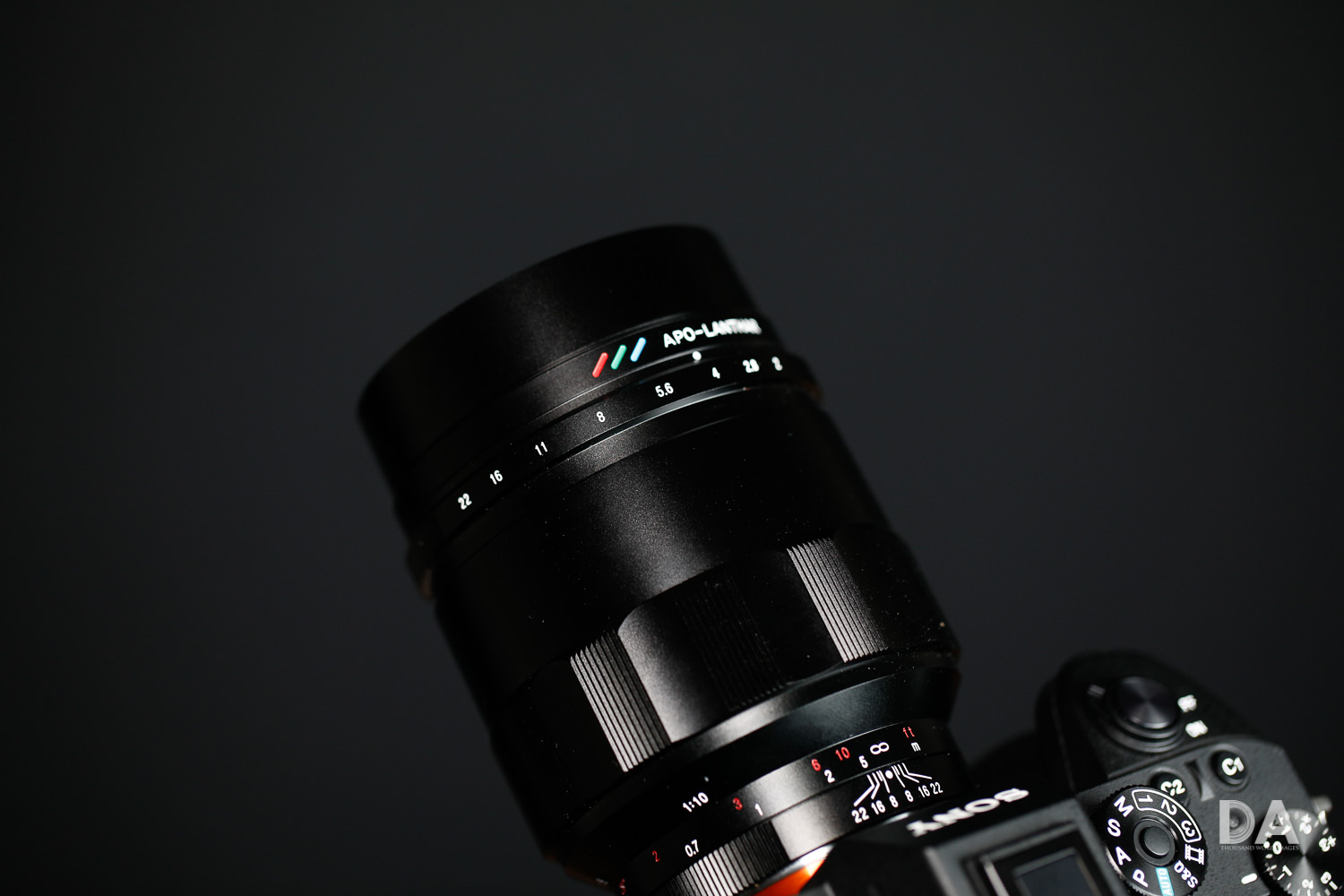



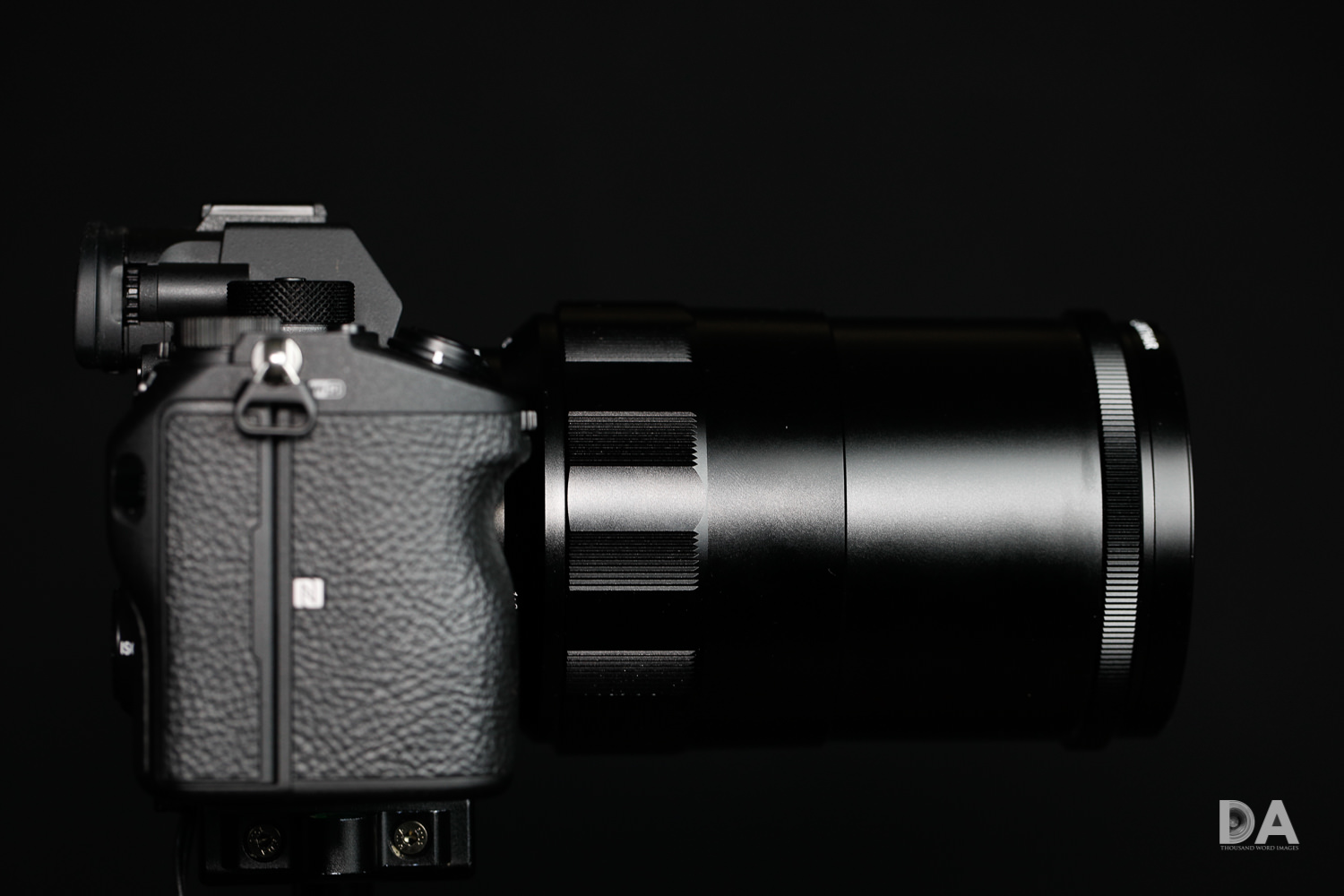
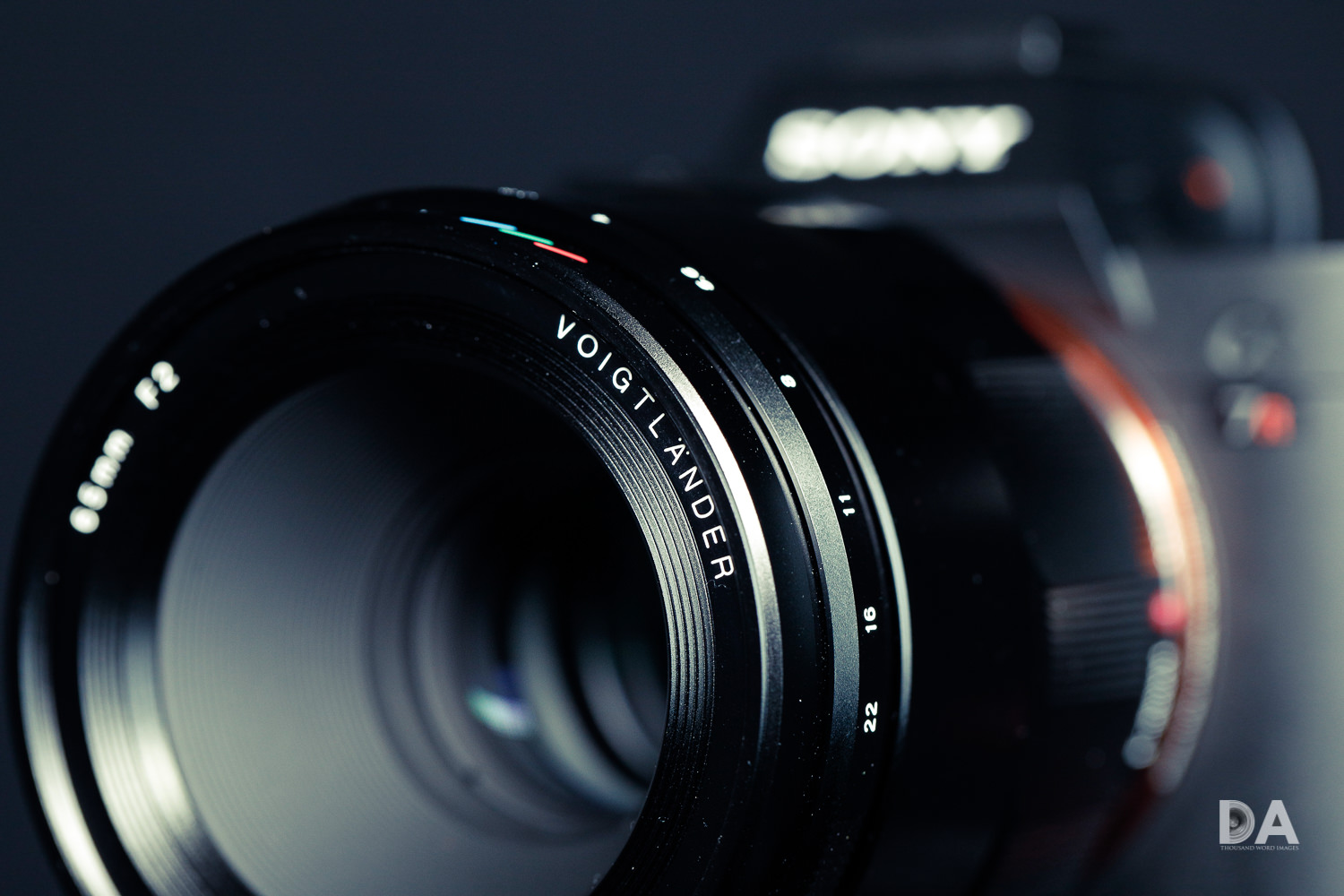
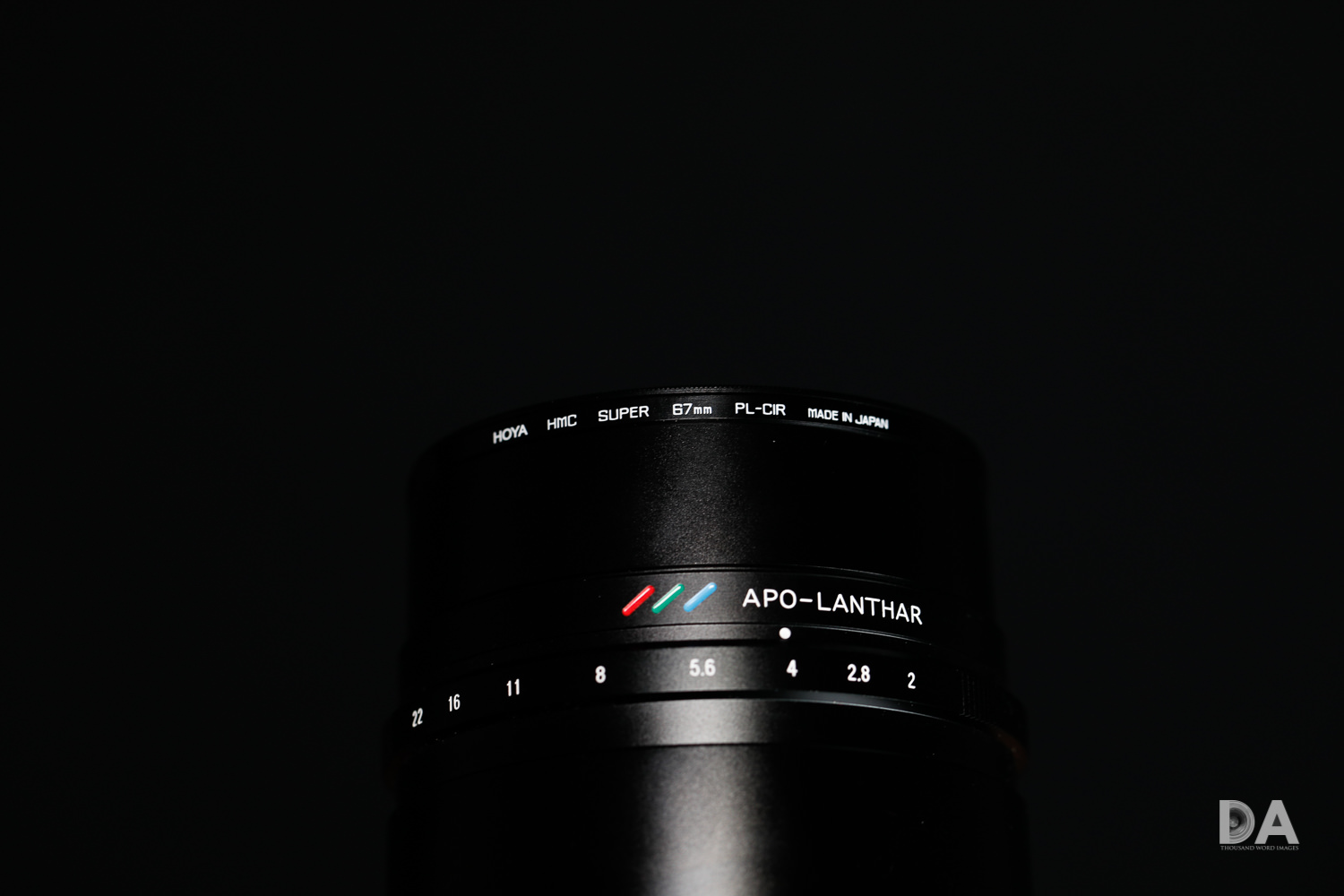
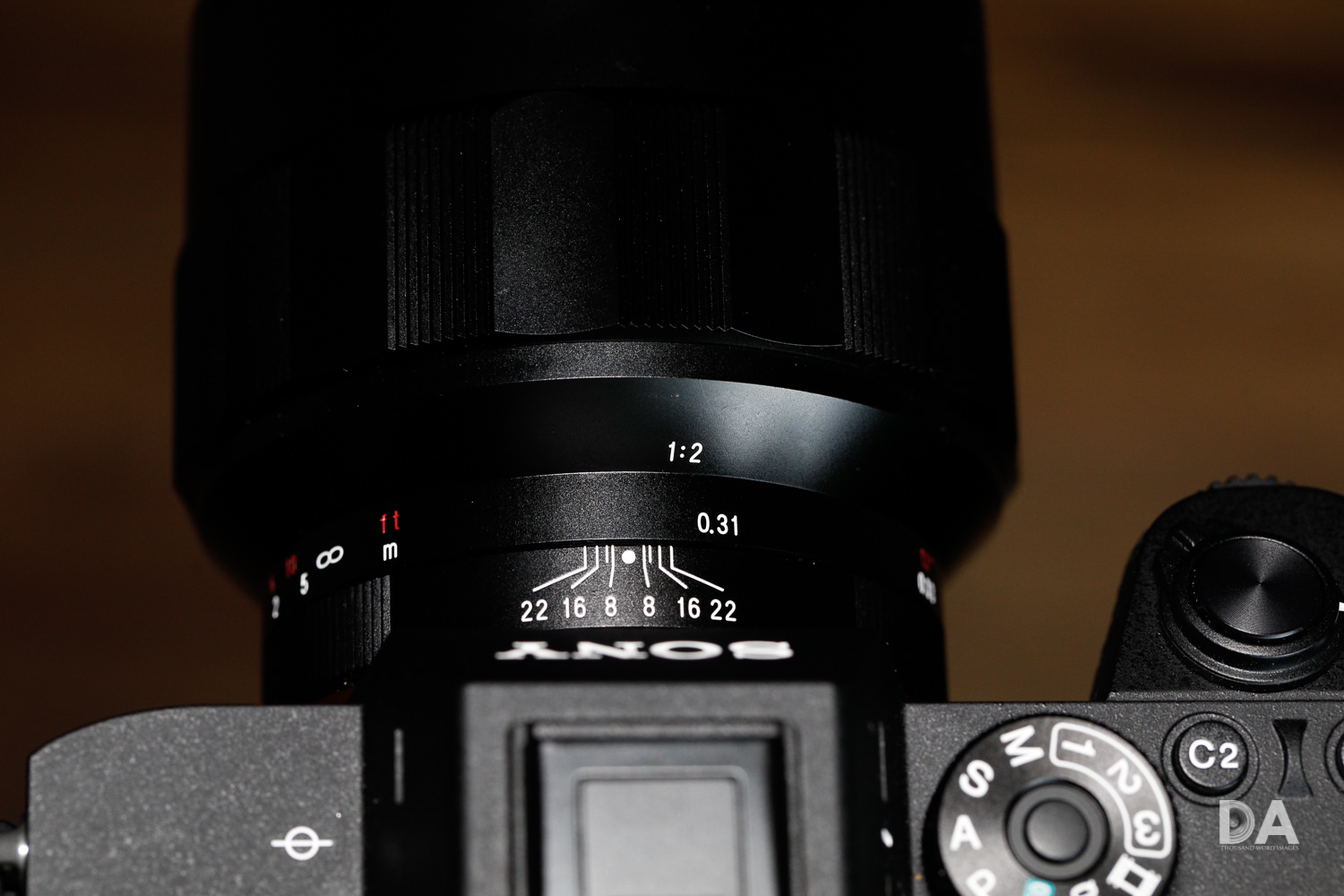
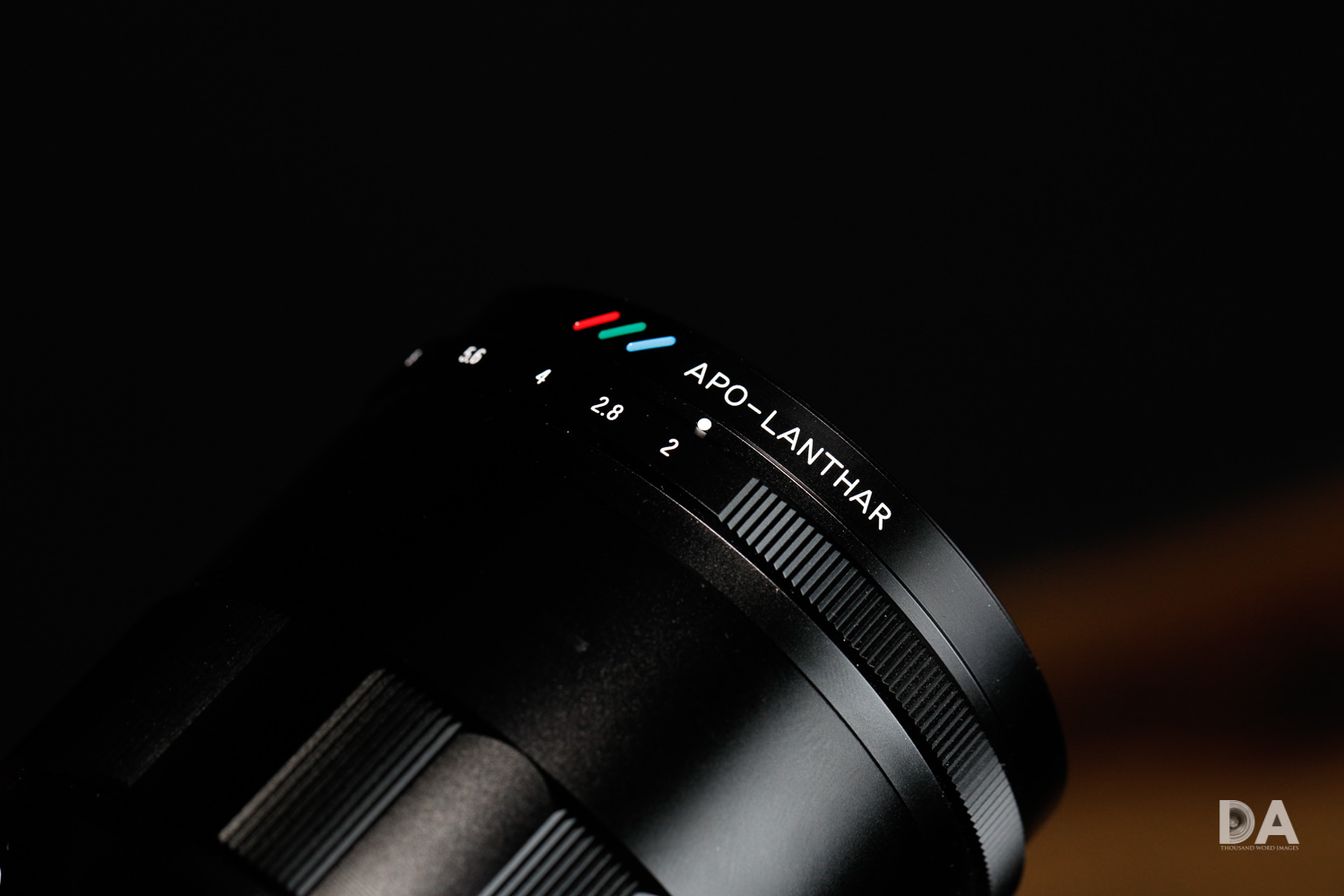
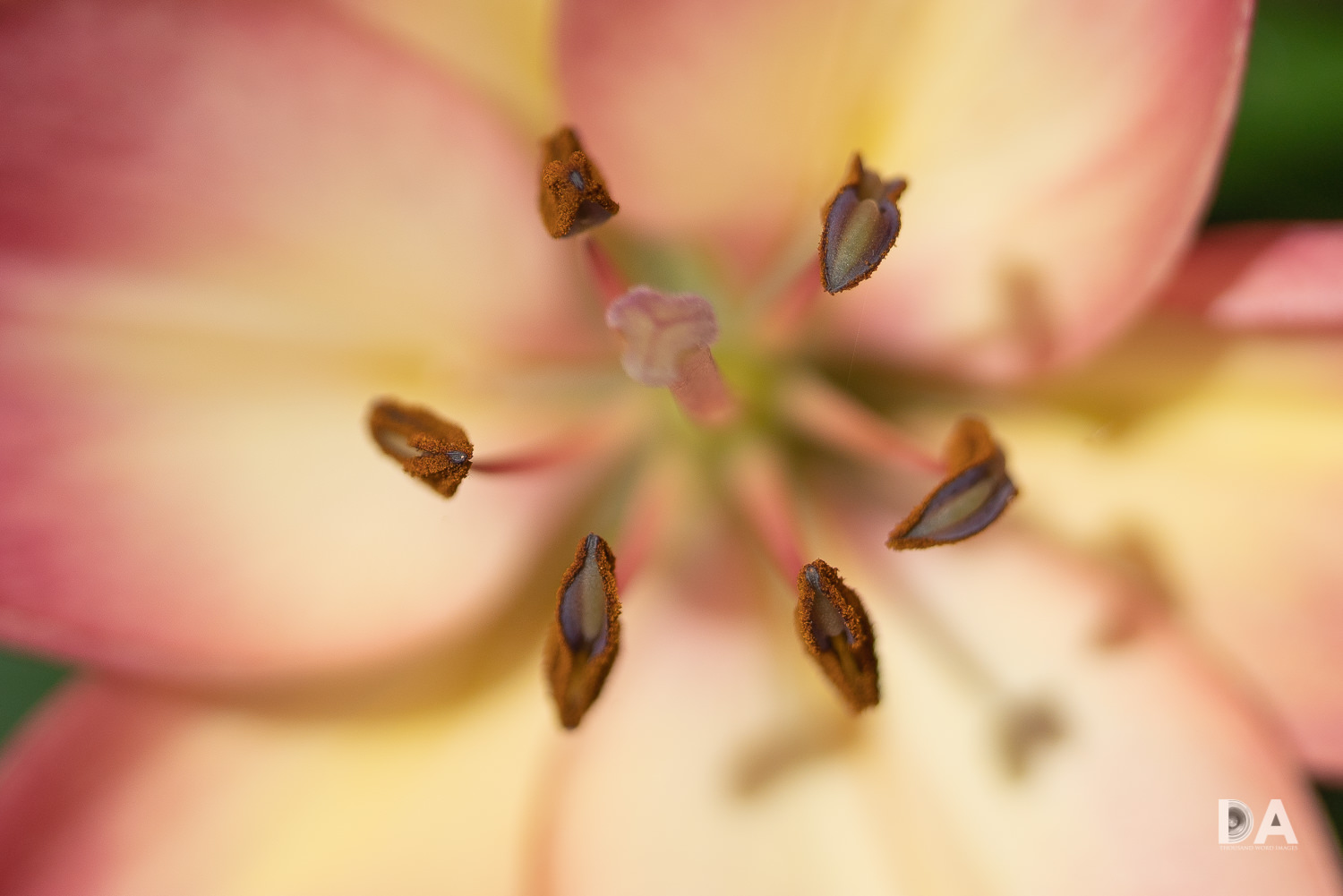

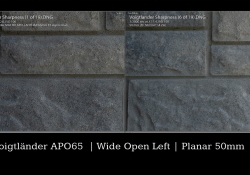
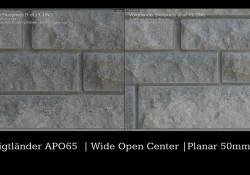
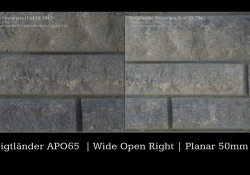

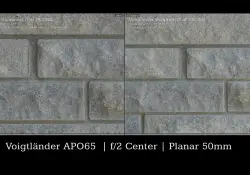

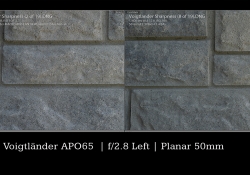
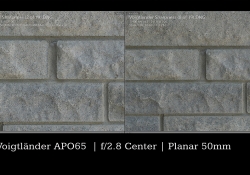
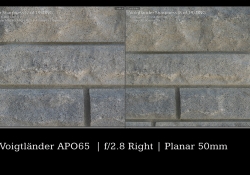
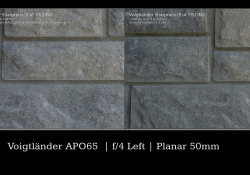
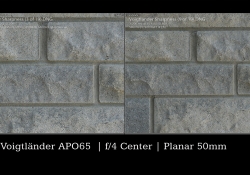
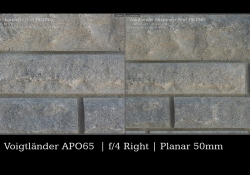
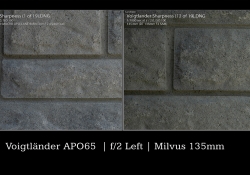
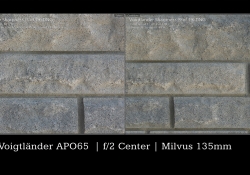
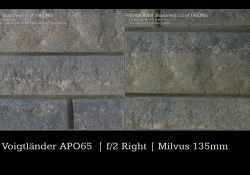
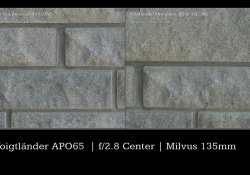
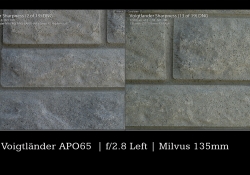
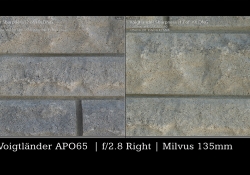
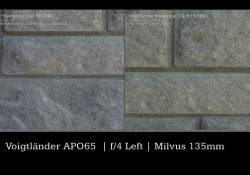


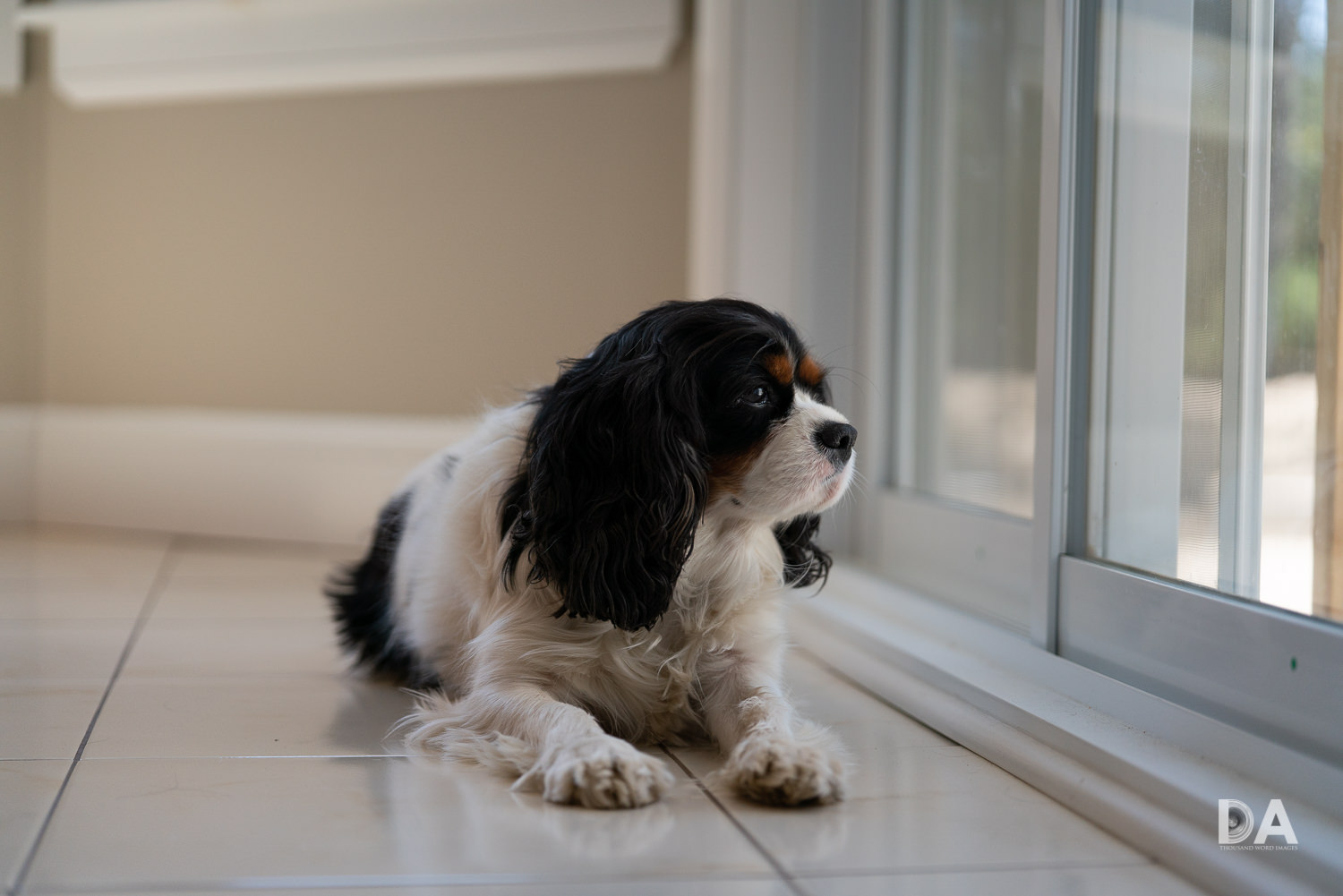
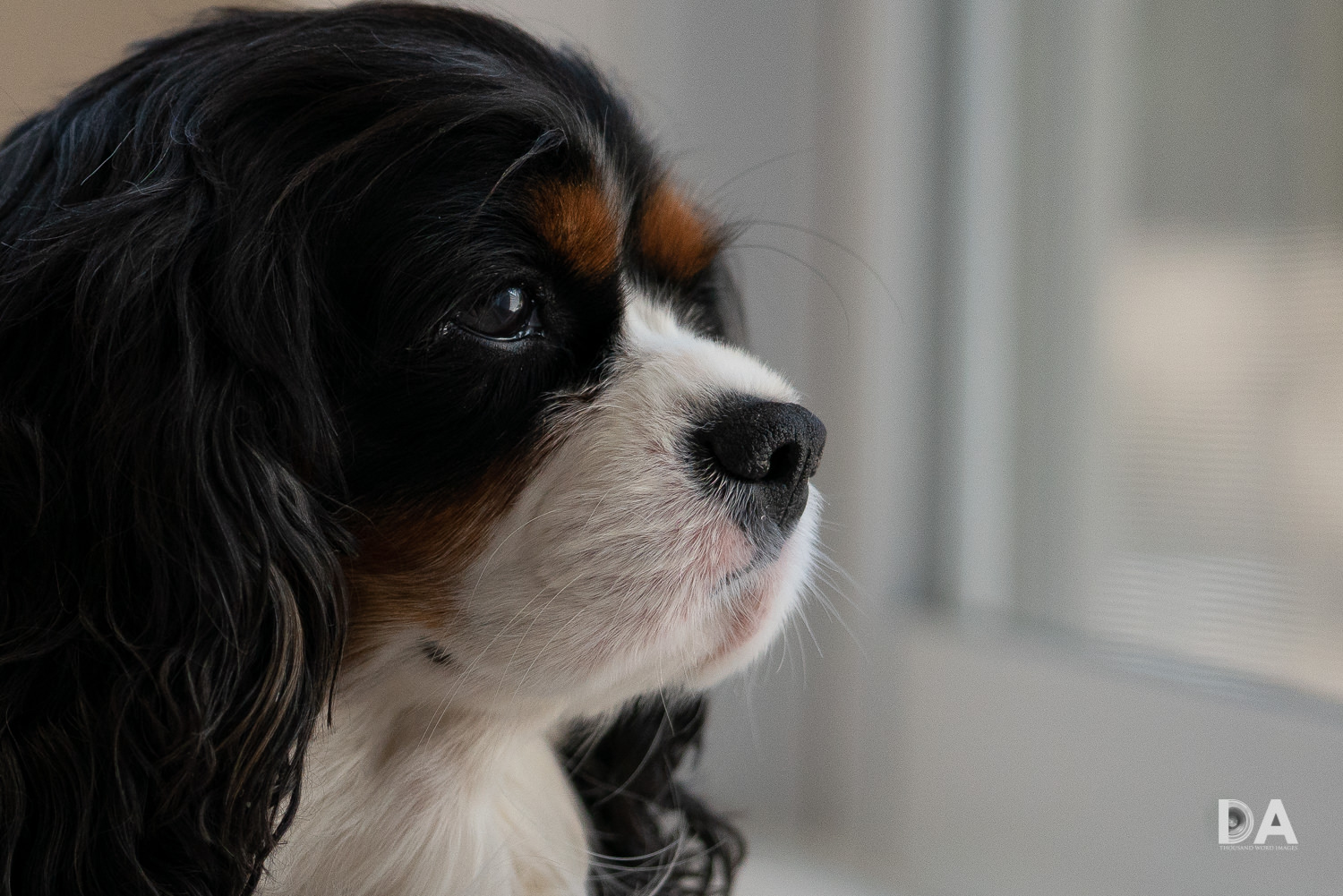

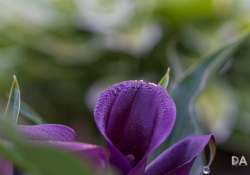









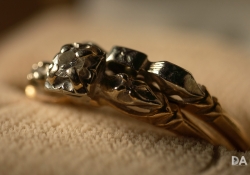


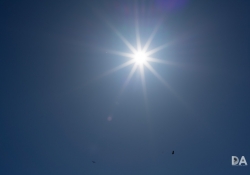










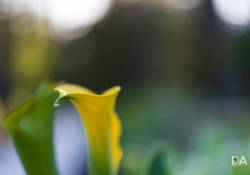



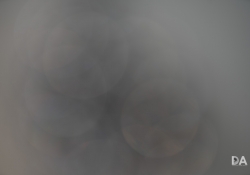
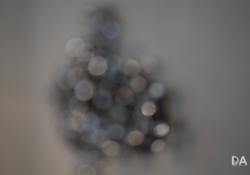









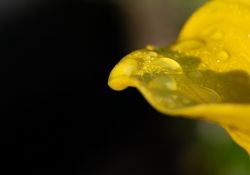
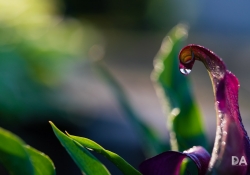



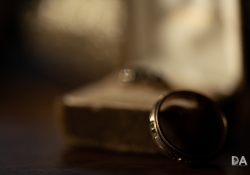

















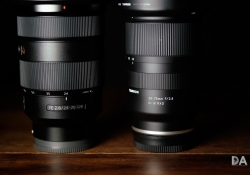
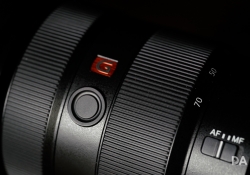
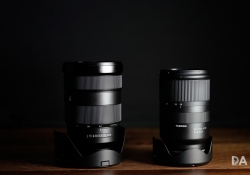
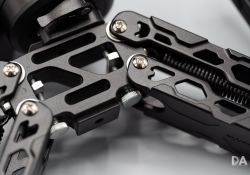
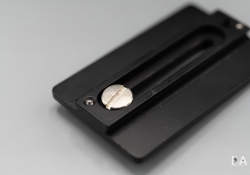
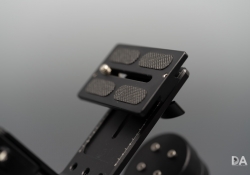
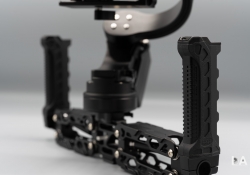
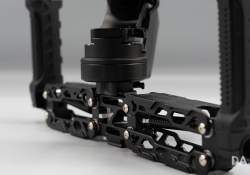
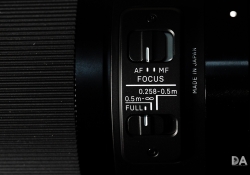
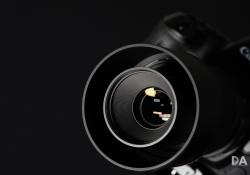
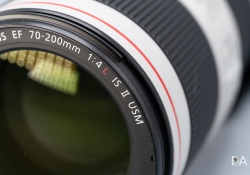
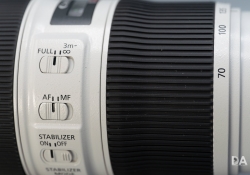
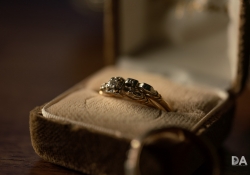
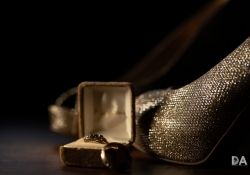
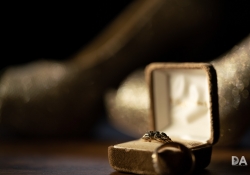






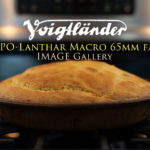
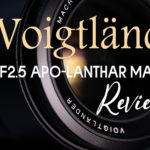





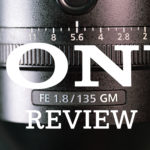
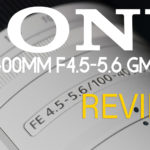

[…] Dustin Abbott […]
[…] Dustin Abbottがコシナの交換レンズ「Voigtlander MACRO APO-LANTHAR 65mm F2 Aspherical」のレビューを掲載しています。 […]